6 Distinctive Food Guides from Around the World
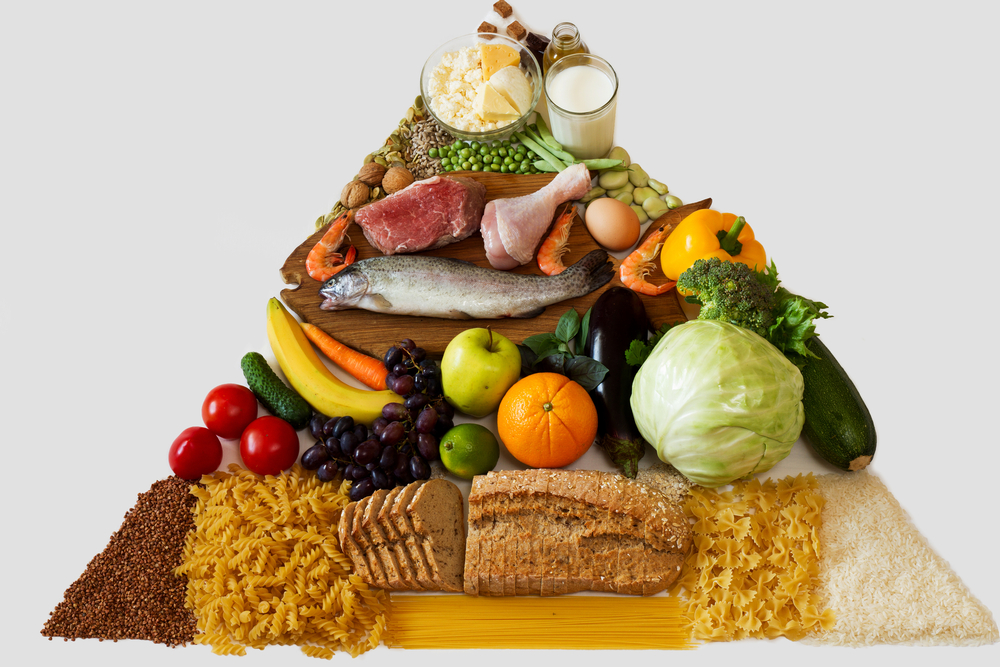
Introduction
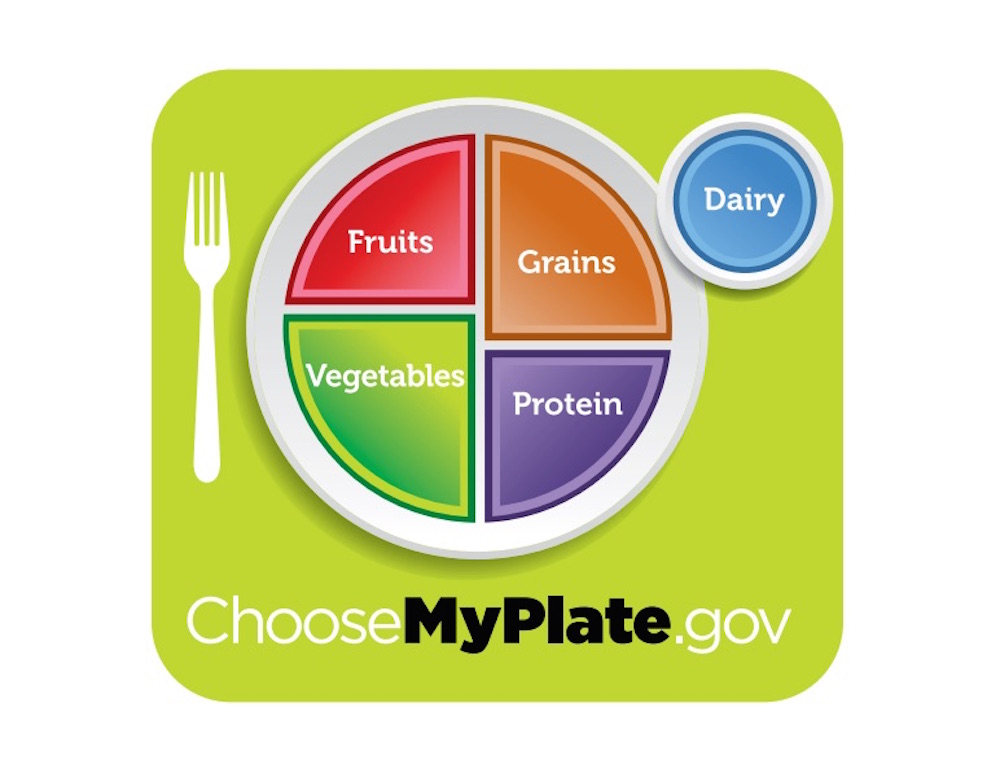
The United States may have replaced its classic food pyramid with a simple plate design in 2011, but creative food guides still reign around the world. [Beyond the Pyramid: How Food Guides Vary Around the World]
Read on to learn about six of Live Science's favorite food guides from far-flung corners of the globe.
Japan

Japan's "spinning top" food guide inverts the common pyramid layout, placing the food groups that people should eat more of at the top of the design, rather than the bottom.
Grain dishes such as rice, bread, noodles and pasta should make up the bulk of a person's diet, according to the guide. Moving down through the spinning top, the recommended daily amounts of the food groups decrease. These food groups include vegetable dishes, fish and meat dishes, milk and fruits.
A glass of water acts as the stem of the spinning top, reminding people to drink enough water each day. And the silhouette of a man running circles around the glass signals the importance of physical activity.
Fiji
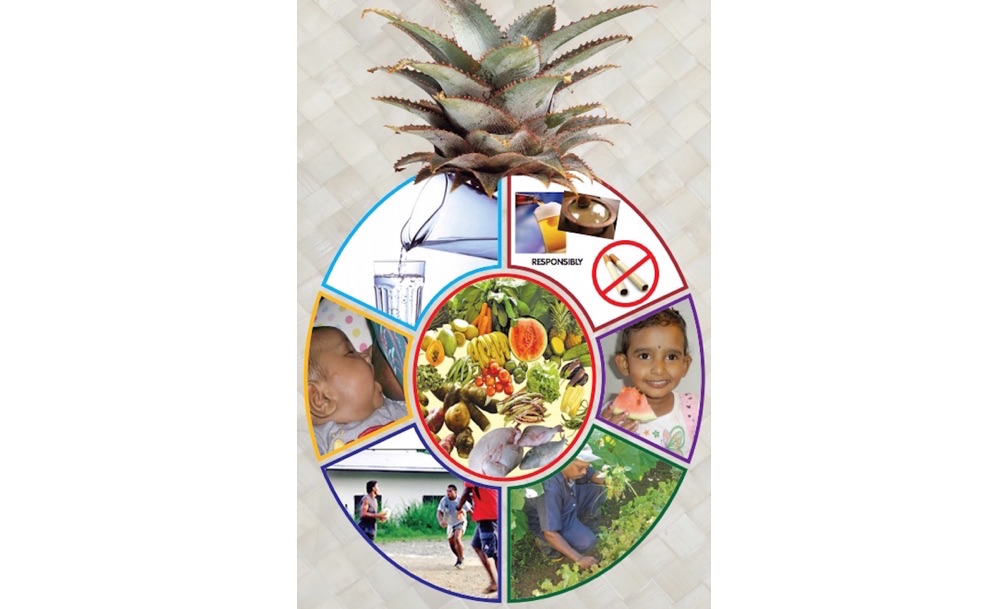
Fiji's pineapple-shaped food guide could be considered more of a healthy lifestyle guide. In addition to urging people to eat fruits, vegetables, tubers and proteins, the guidelines also highlight the importance of exercise and drinking water.
Other unique aspects of the guidelines from this South Pacific island nation include drinking responsibly, avoiding smoking, breastfeeding for six months and growing your own food. Although health authorities in other countries also make recommendations for alcohol, smoking and breastfeeding, the people of Fiji include their recommendations in the guide's graphic depiction.
Get the world’s most fascinating discoveries delivered straight to your inbox.
Fiji isn't the only country to use a pineapple to depict its dietary recommendations — the Caribbean nation of Antigua and Barbuda also uses a pineapple-shaped guide.
Sweden
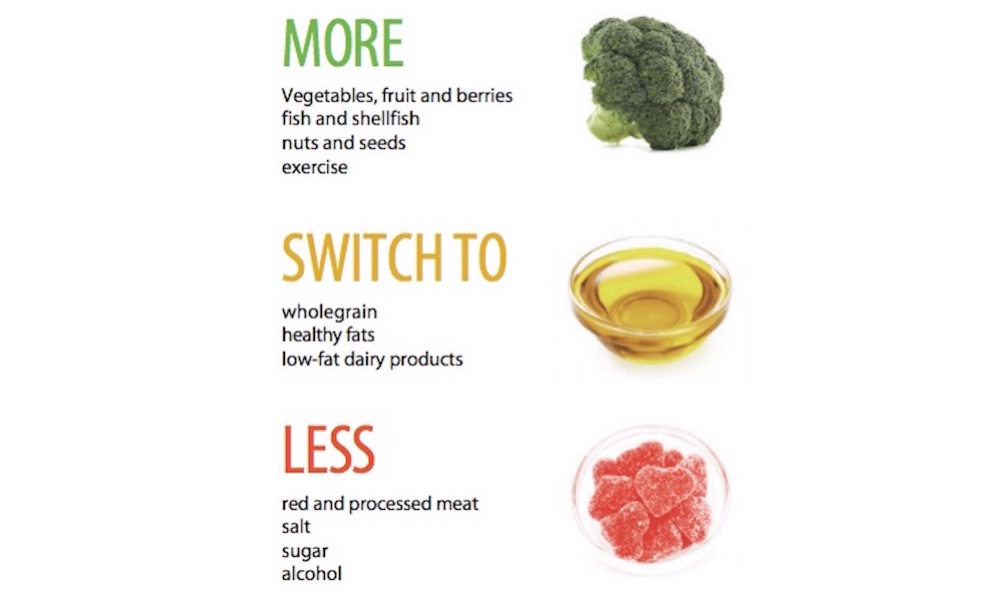
Sweden takes a more minimalist approach to its dietary guidelines, using a column-like graphic with only three components.
The country advises its citizens to eat more vegetables, fruits, berries, fish, shellfish, nuts and seeds, and also to exercise more.
Swedes are also encouraged to switch to whole grains, healthy fats and low-fat dairy products, and to eat less red and processed meats, salt, sugar and alcohol.
Benin

The West African country of Benin uses a picture of a traditional house with a thatched roof for its food guide.
The guide highlights five food groups — grains and tubers, proteins, vegetables, fruits and dairy. Grains and tubers, which make up the base of the house, should be consumed in the largest amounts throughout the day, according to the guide. The recommended amounts of the various food groups decrease as you move up through the floors of the house.
Unlike the U.S.'s old food-pyramid guide, Benin's guide recommends protein as the second-largest food group, while the U.S. placed fruits and vegetables on the second tier.
The water depicted in the house's doorway is not only a reminder to drink water throughout the day, but also a symbol of Beninese hospitality, according to the Food and Agriculture Organization of the United Nations.
Belize

Belize's food basket brings to mind a trip to the market to fill up on healthy foods.
The basket of this Central American country is divided into seven sections: staples (which include whole grains and tubers), animal-based foods, vegetables, fruits, legumes, fats & oils, and sugars & sweeteners. The sizes of the foods in the basket represent, proportionately, the recommended amounts a person should eat each day.
And across the handle of the basket, images of people engaged in various forms of physical activity remind the people of Belize to exercise regularly.
The Netherlands
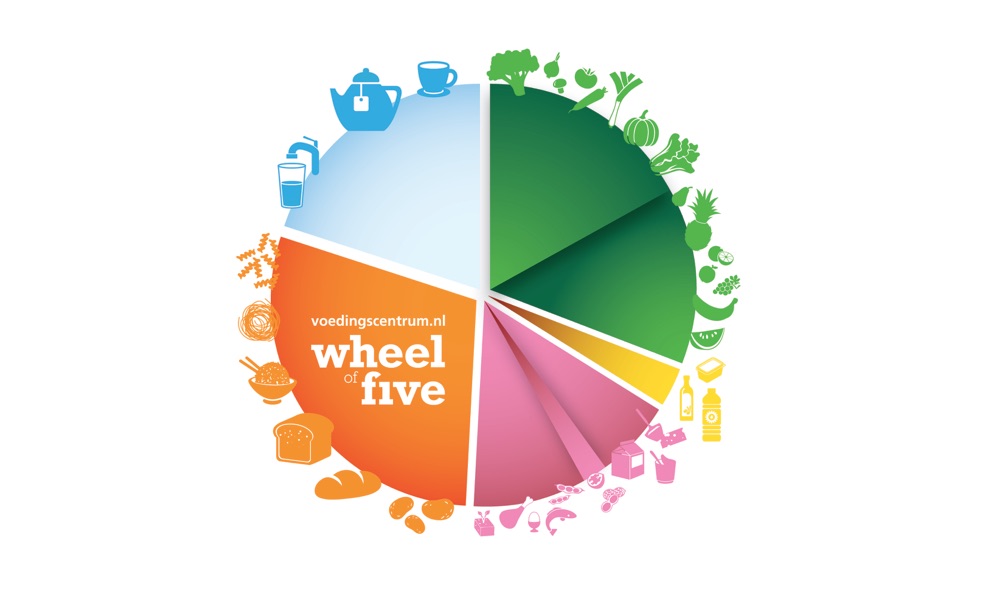
The Netherlands' "Wheel of Five" food guide is a sleek display that highlights four food groups plus a beverage group.
Grains, fruits and vegetables should make up about half of the Dutch diet, according to the guidelines. Proteins and dairy take up a smaller slice, and fats and oils are just a sliver of the pie chart.
The "Wheel of Five" notably draws attention to beverages in the diet, which include water, tea and coffee.
Follow Sara G. Miller on Twitter @saragmiller. Follow Live Science @livescience, Facebook & Google+. Originally published on Live Science.

